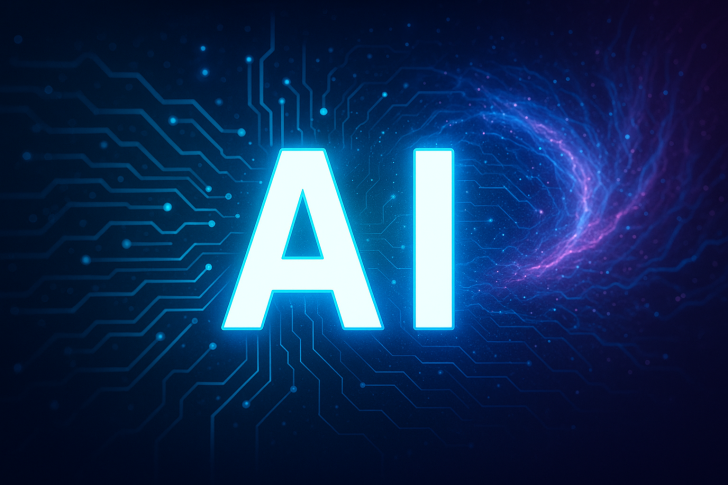The AI landscape is shifting rapidly, and recent data reveals a clear frontrunner. According to October 5, 2025 figures from Cline, an autonomous coding agent platform, AI's Grok Code Fast 1 has emerged as the dominant AI model for developers. The model handles over 10.7 billion daily calls, vastly exceeding the combined totals of competitors from OpenAI, Anthropic, and Google.
A recent analysis by Muskonomy pointed out that Grok Code Fast 1 continues leading daily inference traffic. The Cline data shows: Grok Code Fast 1 at 10.7B calls, Claude Sonnet 4.5 at 3.78B, Claude Sonnet 4 at 1.26B, a combined 897M for other models, OpenAI GPT-5 at 446M, Claude 3.7 Sonnet at 337M, Gemini 2.5 Flash at 283M, Gemini 2.5 Pro at 210M, GPT-5 Codex at 191M, GLM 4.5 Air at 153M, and Qwen3 Coder 480B A35B at 149M. Out of 18.4 billion total daily calls across all models, Grok alone represents the majority of platform traffic.
Why Developers Choose Grok
Grok's success stems from its developer-focused architecture, offering code generation, debugging, and real-time IDE assistance with low-latency performance. The model benefits from AI's backing and Elon Musk's visibility across platforms like X, with potential future integration into Tesla and other ventures.
What This Means for Competitors
The numbers reveal a notable shift in AI adoption patterns. While OpenAI's GPT-5 remains globally popular, it processes just 446M calls in coding environments—far behind Grok's numbers. Anthropic's Claude series shows strong performance, especially Sonnet 4.5, while Google's Gemini models trail further back. This pattern suggests that specialized AI models designed for specific tasks are now outperforming general-purpose systems in practical application.
Looking Ahead
AI's Grok Code Fast 1 has established itself as the leading coding AI, handling more than 10.7 billion daily calls and exceeding the combined usage of its closest competitors. For developers, this signals where AI-assisted programming is headed. For OpenAI, Anthropic, and Google, the message is clear: winning the AI race requires more than research advances—it demands real-world adoption at scale.
 Saad Ullah
Saad Ullah

 Saad Ullah
Saad Ullah


